Handball reflects Denmark’s core values and allows tourists a deeper connection to Danish culture. Being an active fan of handball as a visitor is a simple and engaging decision to feel like a local while exploring the country.
Social Relevance
The sport’s fast-paced movement and three-step rule cause demand for authentic teamwork by the players, reflecting the importance of the Danish quality of working together.
“I think it’s very close to the way we portray ourselves as a society, a culture, that thinks about team and you could say, togetherness; the whole social democratic way of thinking,” said Thomas Ladegaard, Danish handball historian.
Handball can also be attributed for its contribution to Danish happiness as a society. Denmark is known for its spot as one of the happiest countries in the world, according to World Population Review. The importance of working together and caring about each others’ successes bring a lot of positivity to their culture.
“We get, you know, the sense of being together, the sense of national pride, the fun, the being together with friends, having someone to cheer for, feeling the sense of victory when the team wins, and so on; that’s quality of life,” said Eline Andersen, senior communication manager for Sport Event Denmark.
Both Eline and Ladegaard wanted their children involved in sports to learn about the importance of teamwork, thus their children play handball. This emphasis on teamwork and friendship at a young age can even influence professional players to continue playing for careers.
“The teamplay. I like to get up and get to training where my friends are and it keeps me going, some of my friends always played, and it’s where I see them,” said Hjalmar Andersen, a professional handball player on what he loves about the sport.
Hjalmar also said as a player he is required to have education and skills in other areas; therefore, he studies physiotherapy and works as a coach for younger players. These requirements ensure handball players have the ability for a life outside of the sport that contributes to Danish society as well.
Getting Involved as a Tourist
The main handball season begins in fall and ends in spring, meaning a lot of summer-traveling tourists miss out on getting to witness the Danish sport. Eline Andersen believes handball matches are an easy method to get involved while in Denmark.
“In the major tournaments, as a spectator, you booked tickets for two matches. And in between, you’ll have this huge affair of trying out handball yourself and getting your face painted and having something to drink and eat and you know, the festival part of it as well. So it’s not just a match. It’s also getting together with people who love handball and having a good time,” said Eline.
Ladegaard agrees, believing any tourist can easily get involved by watching a local game. However, he and Andersen agree that handball is not an easy sport to play and can not simply be picked up anywhere without practice or preparation.
Regardless, Hjalmar Andersen sees a lot of possibilities for enjoyable experiences by attending handball matches and even sang a cheer he would hear while playing for GGIF by fans in Grindsted.
“After a match, all the players go out on the handball field, and it’s possible for you to talk to us,” said Hjalmar. “Try to get in to see a match and try to feel the atmosphere that is in the hall. Just try to feel it and see how close you are and how easy it is to get emotional in the game.”
Handball History
Handball first appeared as an official sport in the Berlin olympics in 1936; however, its story stretches throughout Scandinavian history, as it was officially codified in Denmark. Since then, the sport now has both men’s and women’s leagues in Denmark with promotions, relegations and international competitions.
Denmark will host a number of large handball championships for world and European competitions in the following years. The Danish men’s league is very popular in Denmark and was recently ranked 7th in the world by the European Handball Federation for its successes.
After the close match on Sunday, GOG have won the Herre Håndbold Ligaen championship with an aggregate score of 51-52, defeating the previous champions Aalborg Håndbold.
— Caleb Baldwin (@calebjbaldwin22) June 14, 2022
The Danish men’s handball league recently ended for the season with a close matchup as Gudme Oure Gudbjerg (GOG) handball club won. The clubs involved were from smaller towns; however, the game had big results.
Small Town Sport?
According to Ladegaard, the Danish structural reform in the 1970s caused handball to go from an intellectual sport of poets and upper-class university students, to a small town, more local experience. After a lot of the country was split into various districts, less space was available for big buildings, yet there was enough for indoor handball halls.
These smaller cities with handball halls created a view of the sport as folksy, as the sport lost its upper-class status. Mette Frederiksen, the Danish prime minister, even used a handball arena to shoot a commercial and gain relatability with local voters.
What I can see is in Grindsted, we have more people coming in the hall and seeing the games than we normally see when we’re playing in the big city of Copenhagen,” said Hjalmar Andersen. “So it’s probably true, the small communities are more committed to the local sports.”
This may mean it is more difficult to get involved in the sport while in Copenhagen as opposed to a smaller Danish town; however, that should not lessen the appeal. Handball is such a powerful reflection of the heart of Denmark, getting involved in the sport allows one to experience Danish culture and feel like a local.
“I think you can say if you have to understand the Danish experience, handball would be a good place to start,” said Ladegaard.
Caleb Baldwin is a journalism major at the University of Georgia.


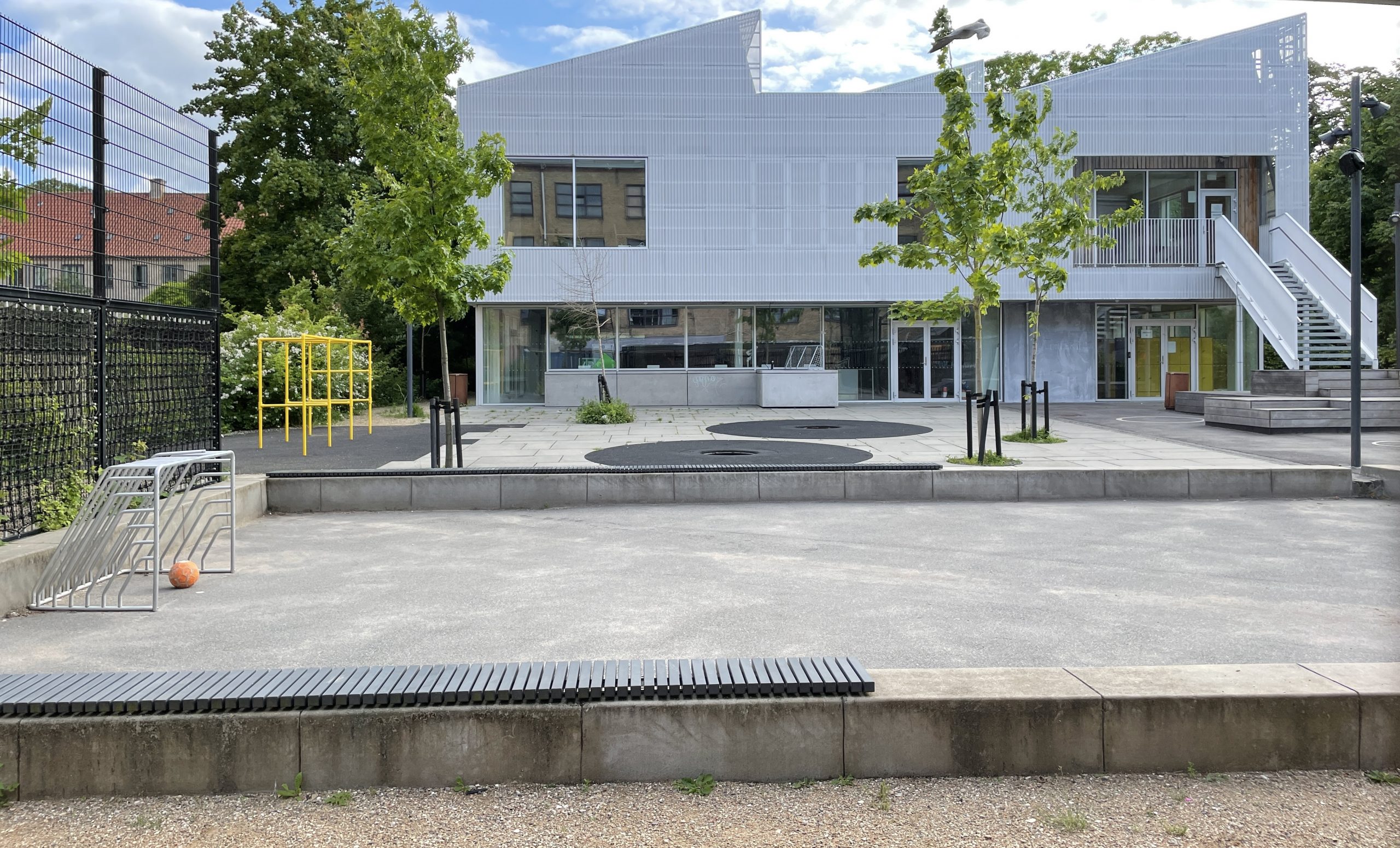

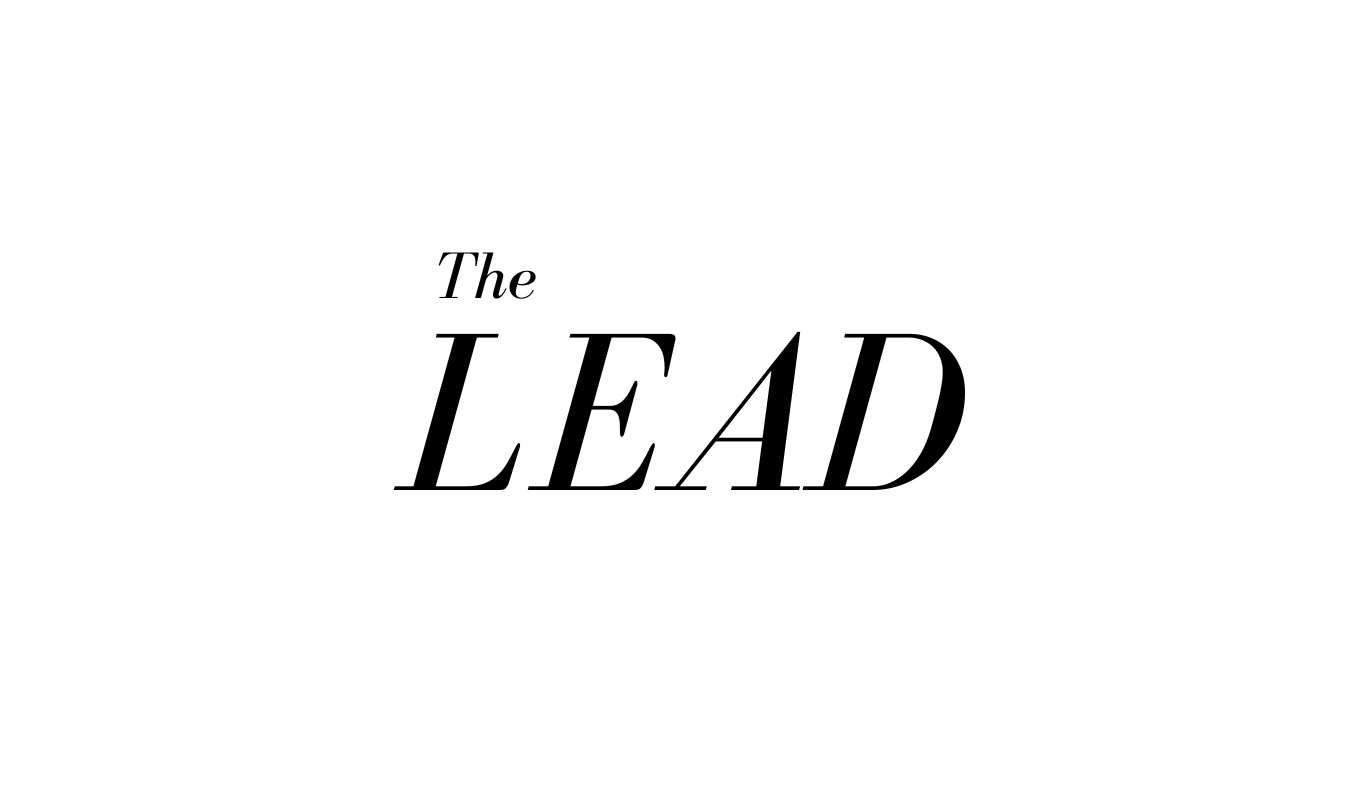
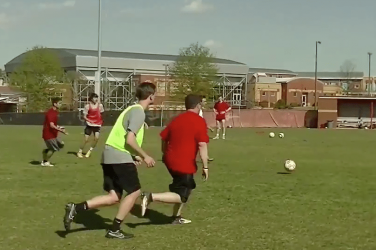
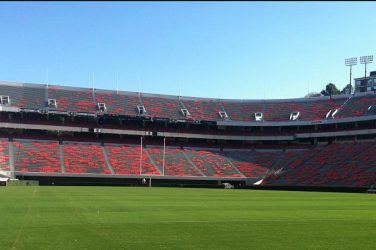
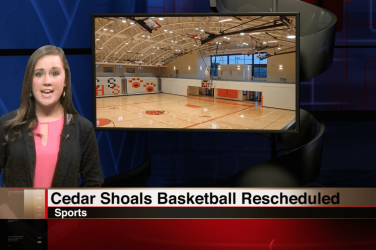

Show Comments (0)